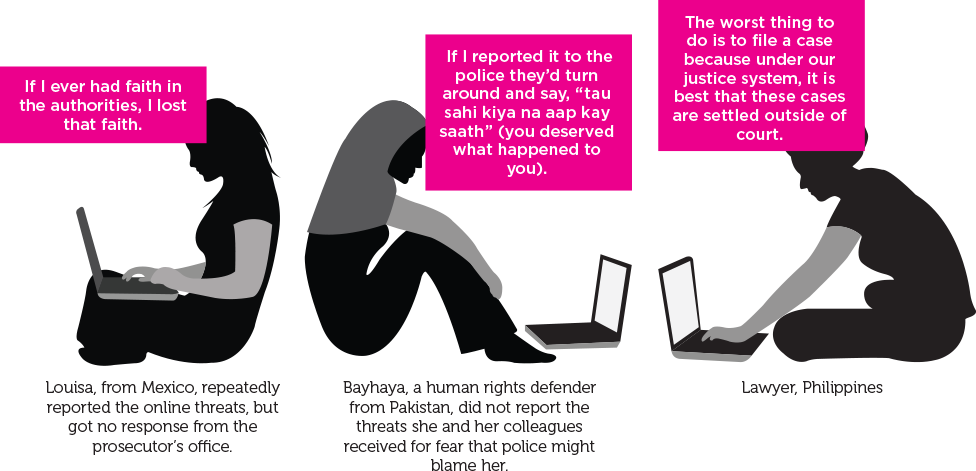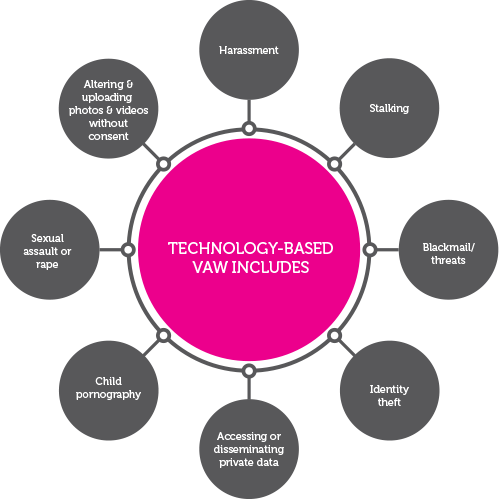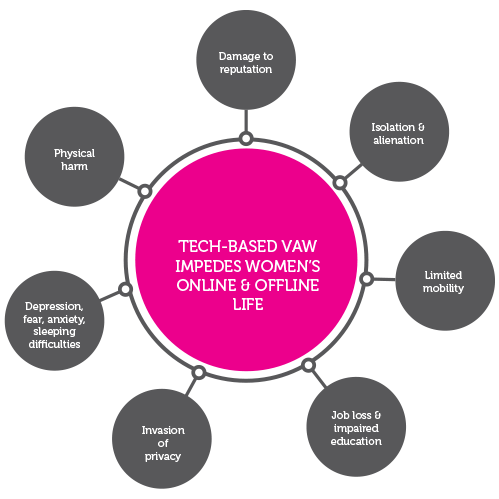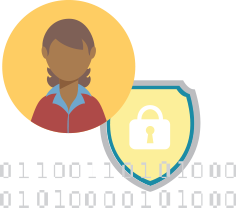Explore the 5 misconceptions that hinder victims access to justice

Over 60% of reported cases of online violence against women (VAW) are not investigated by authorities.
49% of survivors of online VAW turn first to the police, but their reports are often trivialised
 1. “Online violence is not a serious offence”
1. “Online violence is not a serious offence”
In fact, they are both part of the same continuum. Just as violence is used to silence, control and keep women out of public spaces offline, women's and girls' experiences online reflect the same pattern.

2. "Online VAW is not 'real' or harmful"
Mental cruelty and psychological violence are recognised in international law and most national jurisdictions and lead to real harms. Moreover, sometimes VAW extends from online to offline, causing physical harm.
3. “Online VAW should be addressed only through technological means”
A common fallacy is that prevention and redress should be directly connected with the offence. However, protection orders against perpetrators of online VAW are more effective than blocking or disabling accounts when the perpetrators can easily open new ones.
4. “There are no legal remedies for VAW online”
| Summary of existing laws that may address technology-related VAW | |||||
| CEDAW ratification | Gender equality law | VAW law | ICT-VAW law | Civil remedies | Cyber-crime law |
5. “Freedom of expression is more important than freedom from violence”
Online VAW is situated within a culture of impunity that allows perpetrators to believe they can get away with attacks. Such impunity is exacerbated by so-called commitments to free speech that fail to recognise how women are silenced by online VAW. Ignoring women's human rights puts everyone's rights in jeopardy.
The culture of impunity results from:
- viewing women as second-class citizens
- victim blaming and disregard for victims' privacy
- authorities' lack of training and corrupt legal systems
- lack of political will to address VAW
- class, caste, ethnicity, race of survivors
- difficult environments in countries emerging from post-war conflicts
- cultural pressure from religious neo-conservative parties.
A frequent misconception is that online violence is not a serious offence, It is distinct from offline VAW.
They are part of the same continuum. Just as violence is used to silence, control and keep women out of public spaces offline, women and girls' experience the same patterns online.






